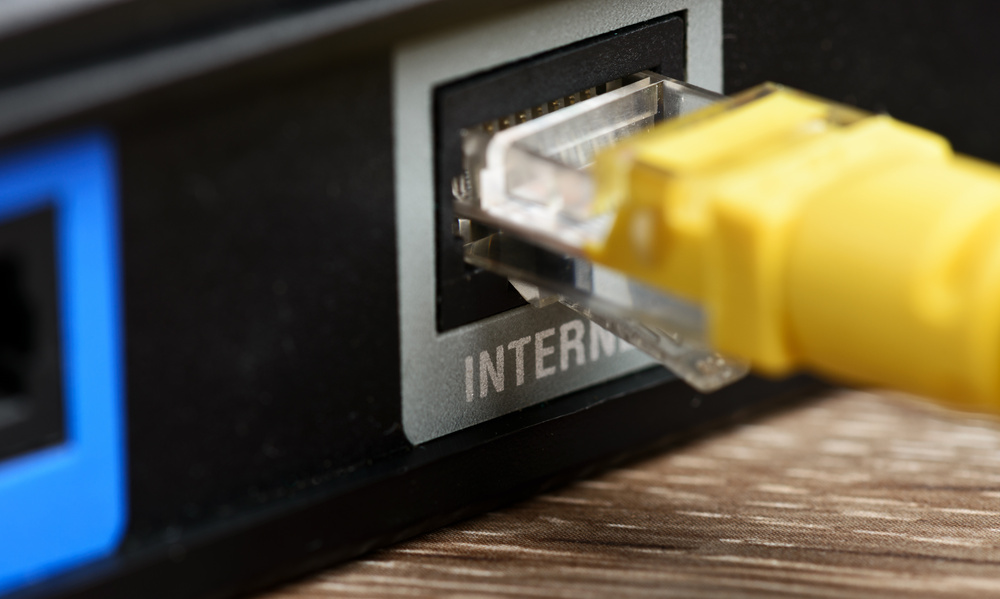Like it or not, the 5G revolution is underway. Cellular providers are now competing to see who will ultimately dominate the market. It will not be too much longer before 4G LTE is considered dinosaur technology. But strangely enough, there is one characteristic of 5G that qualifies as both the technology’s best and worst characteristic.
What is this characteristic? The highly directional nature of 5G. Making 5G signals directional is good in the sense that it increases speed and allows for more simultaneous users without affecting performance. It is bad in the sense that it requires more antennas, more transmitters, and shorter distances between both.
- 4G Casts a Wide Net
The best way to understand 5G’s directional model as opposed to 4G LTE is to imagine a cell tower casting a wide electronic net, similar to how a fisherman throws a net in the water. The fisherman uses as large a net as possible in order to catch as many fish as he can.
A 4G cell tower broadcasts in all directions. The idea is to send the signal out as far and wide as it will go, giving more people access to that signal as a result.
4G works well enough. It is definitely an upgrade over its predecessor, and its ability to cover wide areas is that which makes it possible for companies like Blazing Hog to implement 4G LTE to provide rural internet access. But by broadcasting a signal in all directions, the 4G model limits the number of users and the speeds that can be achieved.
- 5G Is like a Laser
If 4G is comparable to a fishing net, 5G would be comparable to a laser. A single 5G transmitter sends its signal to a single receiver located within a direct line of sight. An immediate result of this design is faster data transfer speeds. You can get data where it needs to go a lot more quickly if it is only going in one direction.
Another big advantage of 5G is that more users can be on the network at the same time and still enjoy maximum performance. You are not wasting energy and bandwidth sending signals in every direction.
- Infrastructure Design Is Complicated
So far, it seems like 5G cellular technology is a serious upgrade over 4G. All things considered, it is. But 5G’s highly directional nature is also its biggest problem. If you have only one transmitter sending a signal to one receiver, you need a lot more transmitters and receivers to service a large area. That’s expensive.
This works fine in cities where receivers and transmitters can be mounted on everything from utility poles to buildings. You can also mount them close enough to one another to greatly reduce the distances between them.
In a rural setting, 5G doesn’t work so well. Not only do you have fewer structures to mount transmitters and receivers to, but you also have more natural obstructions. For instance, a 5G signal isn’t going to travel through a forest all that well. It will have a tough time getting over a hill.
- 5G Will Get Better
5G is pretty new right now. As such, there is plenty of room for improvement. It will get better over time. For now, though, 5G works best in cities and suburbs while 4G LTE is a better option in rural America.
Whether it is Blazing Hog rural internet access or a 4G LTE cell phone network, the older technology is not ready to be replaced just yet. 5G’s biggest strength is also its biggest weakness, which will eventually need to be overcome.

